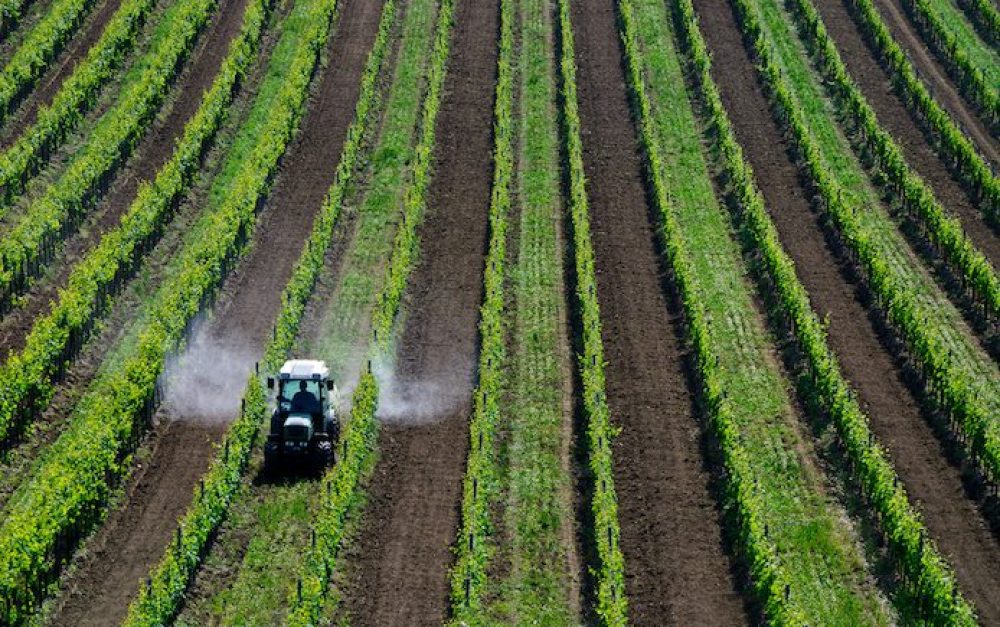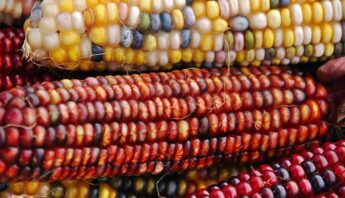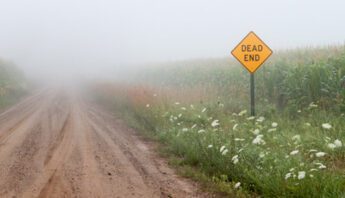The Environmental Protection Agency (EPA) used to release “Pesticide Industry Sales and Usage” reports every two years — but that was almost 20 years ago. Several months ago, after fielding a question from a colleague, I found the most recent iteration of this report, released at the end of 2017 and covering market estimates from 2008 to 2012.
The Environmental Protection Agency (EPA) used to release “Pesticide Industry Sales and Usage” reports every two years — but that was almost 20 years ago. Several months ago, after fielding a question from a colleague, I found the most recent iteration of this report, released at the end of 2017 and covering market estimates from 2008 to 2012.
Prior to this, the last report was from 2011, covering 2006 and 2007. As the title of the report indicates, the main data source EPA relies on is sales data from the pesticide industry. Pesticides are expensive — in the U.S., nearly $14 billion was spent on all pesticides at the user level in 2012. Agricultural sector pesticide usage accounted for nearly 90% of the total pesticide usage between 2005-2012.
What the numbers tell us
What’s of note in this report? These numbers explain the awesomeness (I don’t mean that in a good way) of the pesticide industry’s power and resources.
- In the U.S., agricultural pesticide expenditures by users totaled over $9 billion in 2012, accounting for 66% of the pesticide market.
- Farmers are spending more on pesticides. Average pesticide expenditures in the U.S. were 4.2% in 2007 and 5% in 2012 of total farm expenditures.
- Organophosphate (OP) insecticide use is still decreasing (though not fast enough for us, especially as the top OP insecticide is brain-harming chlorpyrifos) — from 70 million pounds used in 2000 to 20 million pounds used in 2012.
- World pesticide usage was nearly 6 billion pounds in 2011 and 2012. U.S. pesticide usage was over 1.1 billion pounds in 2011 and 2012.
- Agricultural pesticide use is up — mainly herbicides, which appear to be on an upward trend. Herbicides accounted for nearly half of total U.S. pesticide usage in 2011, and nearly 60% of usage in 2012.
U.S. pesticide use
Year | Millions of pounds (herbicides) | Millions of pounds (total) |
2005 | 420 | 606 |
2007 | 441 | 639 |
2009 | 464 | 649 |
2012 | 564 | 762 |
- The top 5 pesticides used in agriculture in 2012 were, in order from greatest: glyphosate, atrazine, metolachlor-S, dichloropropene, and 2,4-D. All but dichloropropene (a fumigant) are herbicides.
Bottom line? There are a whole lot of pesticides being purchased and used, and the trends are sobering.
An upward trend
Variations from year to year in pesticide use is expected, with weather, changes in pest pressures, and other environmental factors playing a role. But an increase on the order of 100 million pounds (the difference between 2009 and 2012 herbicide use) indicates something more significant.
We’ve heard numerous reports on herbicide-resistant weeds spreading and the need for farmers to rely on increasingly more toxic herbicide mixtures in order to combat those weeds. The solution being offered by the pesticide/seed industry is more herbicide use and herbicide-resistant seeds. We can see from the dicamba drift crisis that this isn’t an acceptable solution, and we need better than what the big agrichemical companies are offering us.








